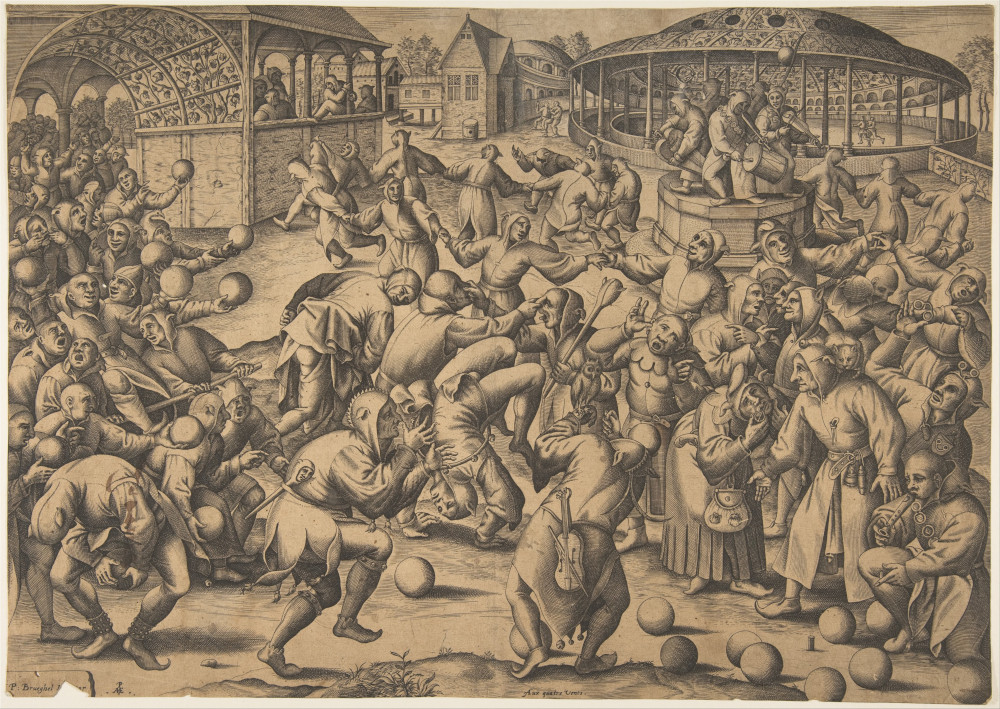
So Why "Storytelling at the Feast of Fools"?
First, it's a memorable name!
As so often with ancient traditions and stories, many details of the medieval Feast of Fools are now unclear, and there's disagreement among researchers.
But around New Year in the medieval church, this festival involved the exalted becoming humble, and the humble, exalted.
An elected boy bishop would preside during the festival time in place of the normal church hierarchy. Other tales of riotous behaviour are debatable!
It's easy enough to research more about all this online, rather than giving you screeds to read here.
The word "fool" then simply meant humble rather than implying stupidity - and of course there's a long tradition of stories about "foolish" people not being so stupid, of the wise fool, and the Fool was often an important figure in Royal courts, as shown in Shakespeare's plays, where they're allowed to speak truth that nobody else would dare.
There's a good enough reason in itself for taking the name!
Among many images depicting interpretations of The Feast of Fools, our logo character is taken from this engraving, probably by Pieter van der Heyden, said to be after work by Breughel the Elder, some time in the late 1500's.
As well as providing the superb figure of the one we've nicknamed "Snook" complete with his cockscomb coif, there are so many fascinating details to stare at, and for those more knowledgeable than this writer there are bound to be many allegorical references.
Among the many other little features, spot the pairs of reading glasses on a couple of the Fools on the right of the picture. Doubly interesting, as glasses were expensive items in the late 1500's.
Are those Santiago de Compostella pilgrimage shell tokens on the hanging purse, front right? And I can never decide if the musician with the hurdy gurdy is proving his foolishness by not knowing how to play it, or if the artist just hadn't looked closely at gurdy players. That often happens, but this artist has observed so much other detail very carefully...

 Home
Home